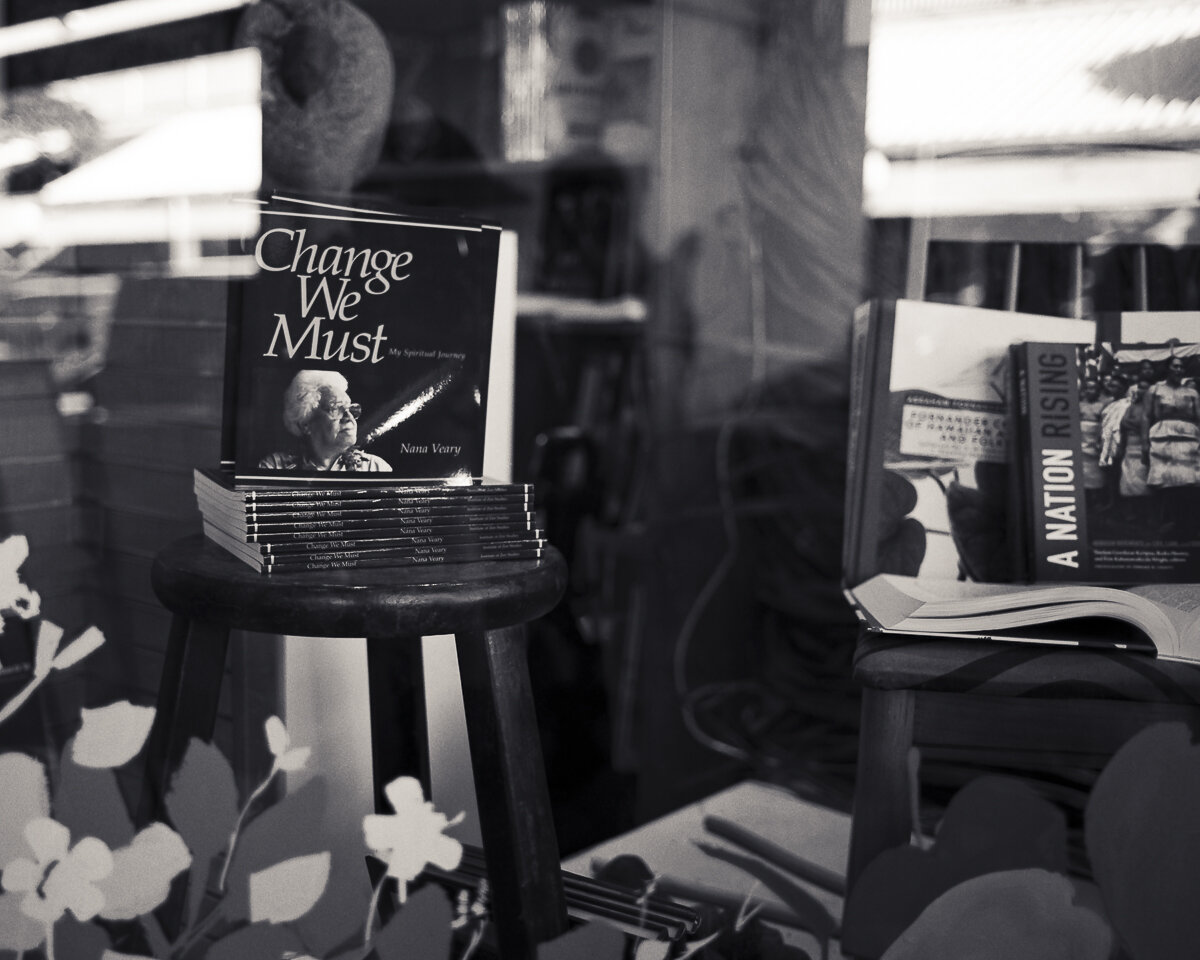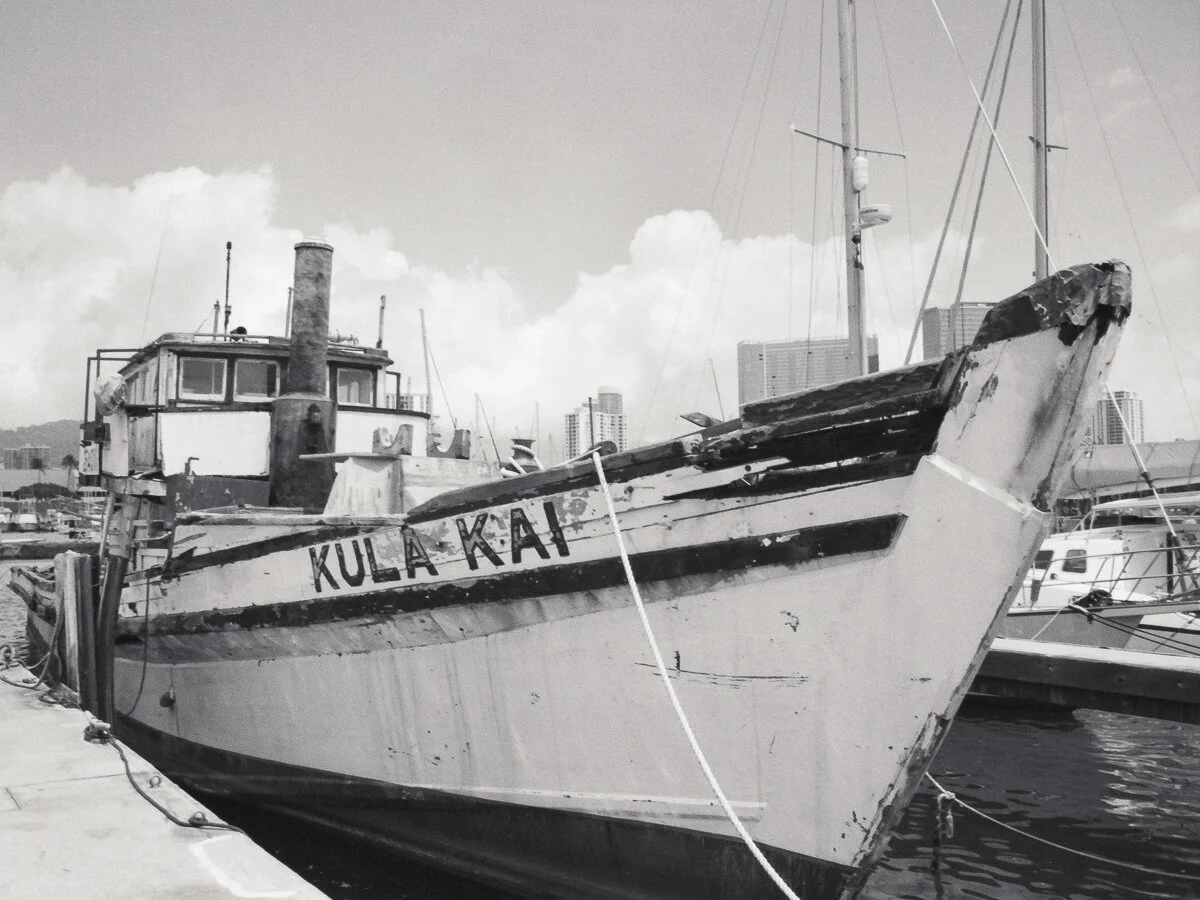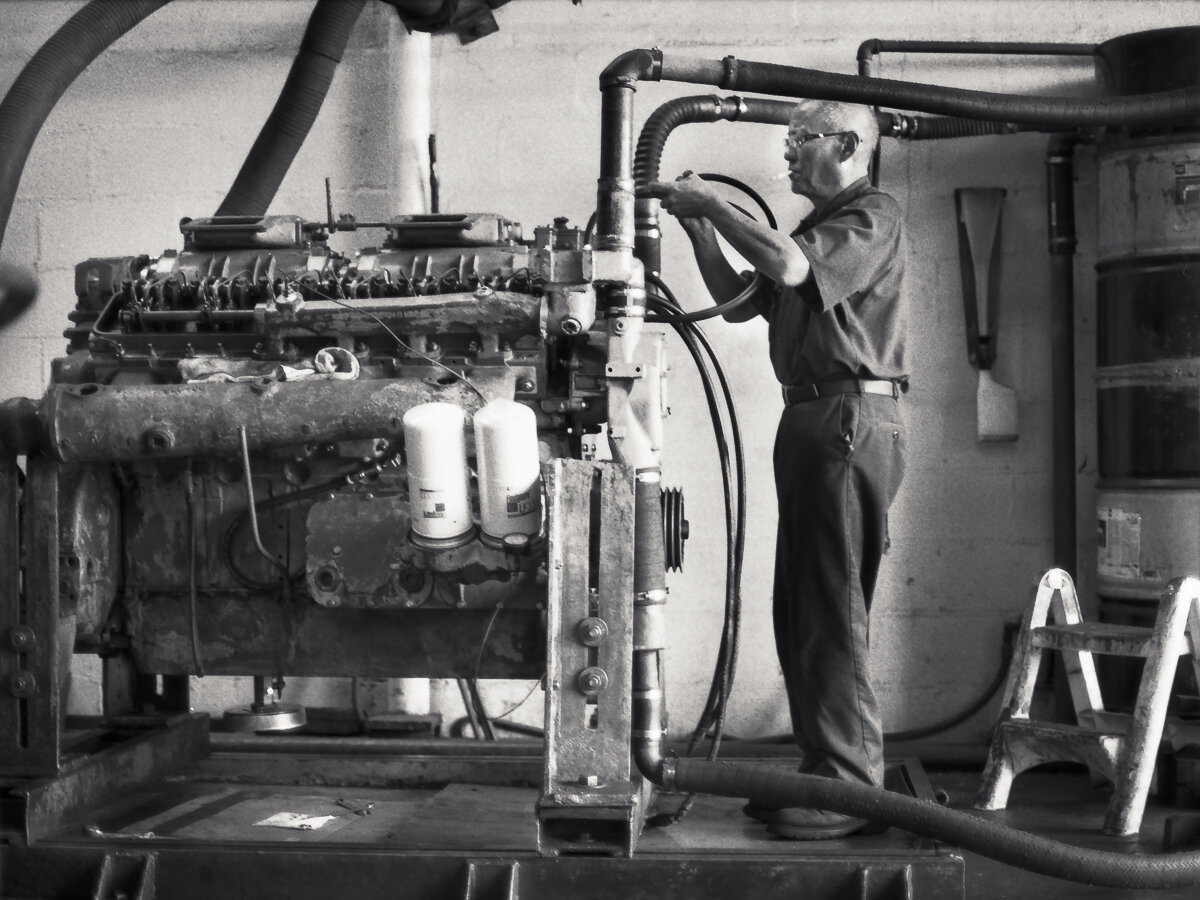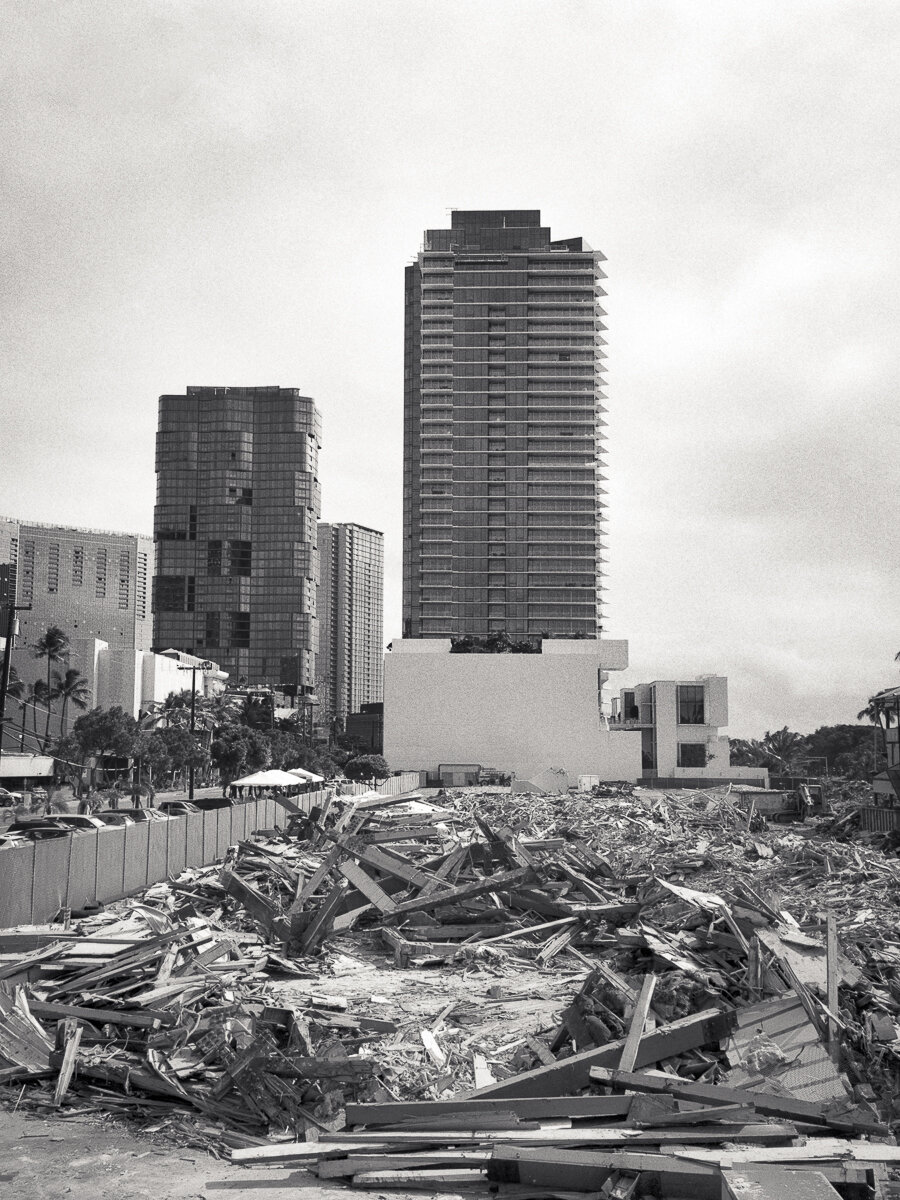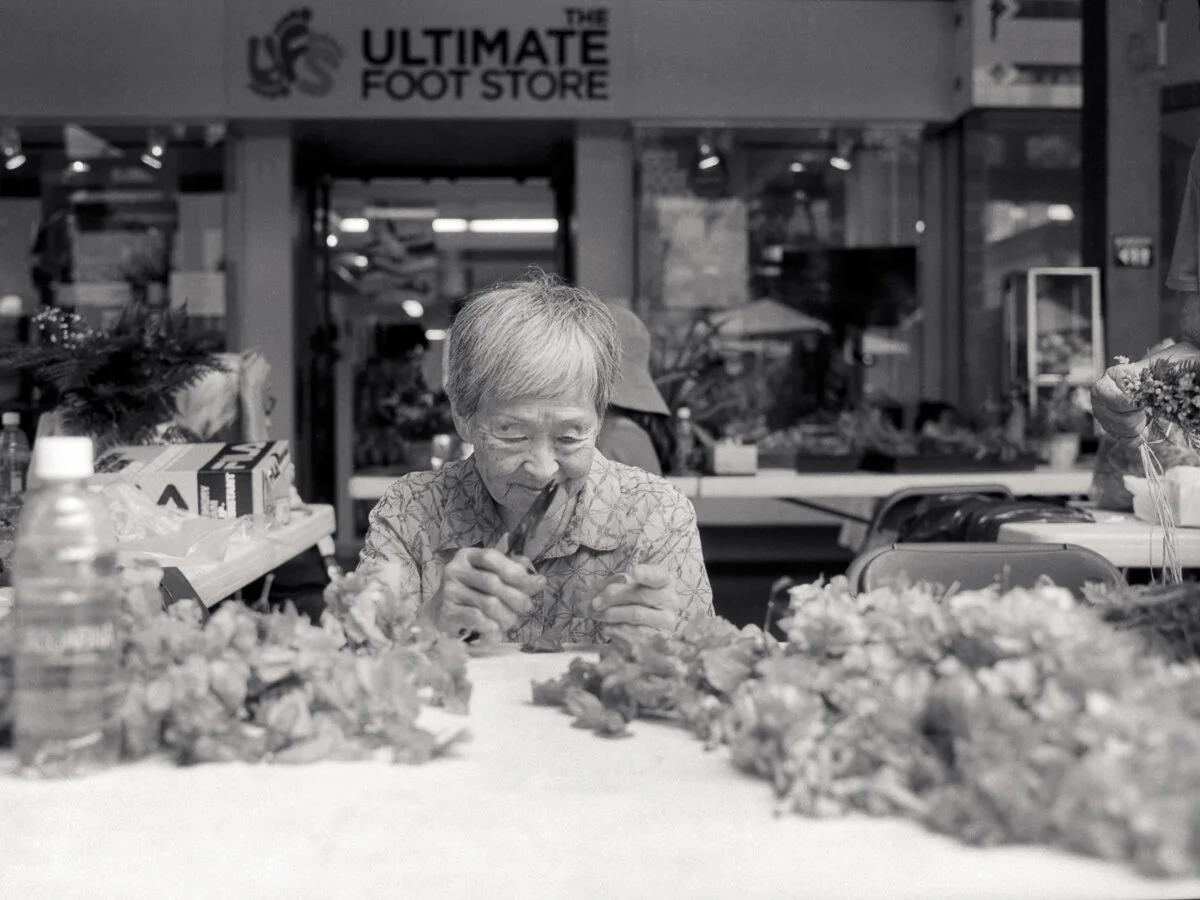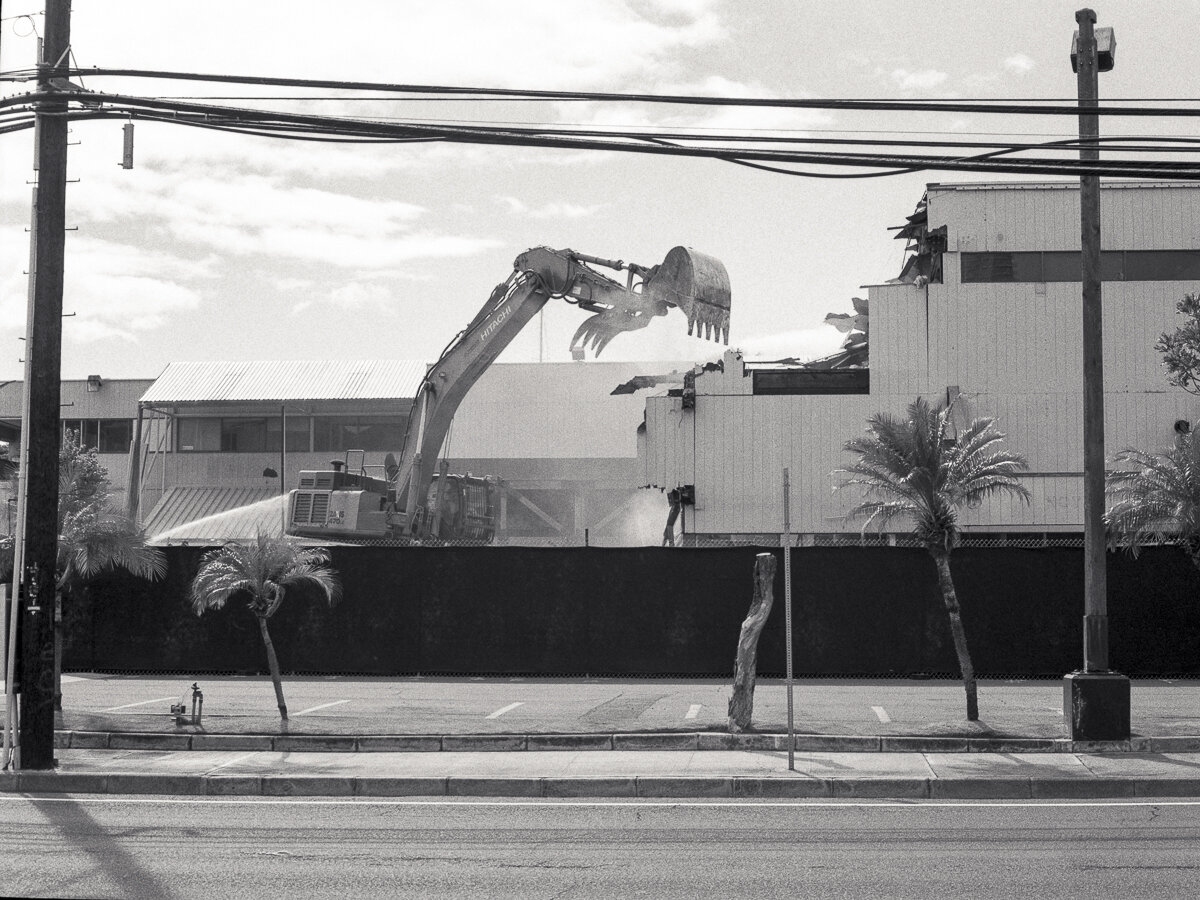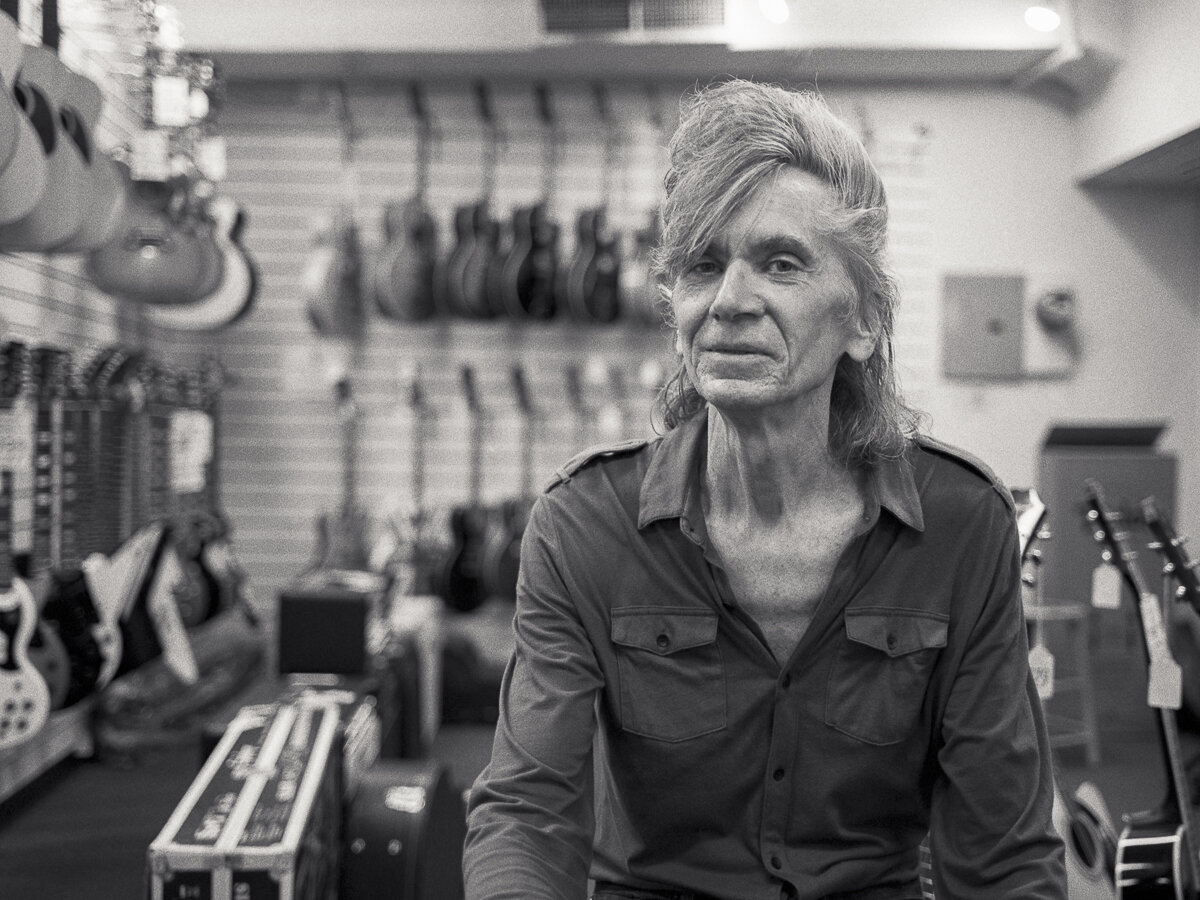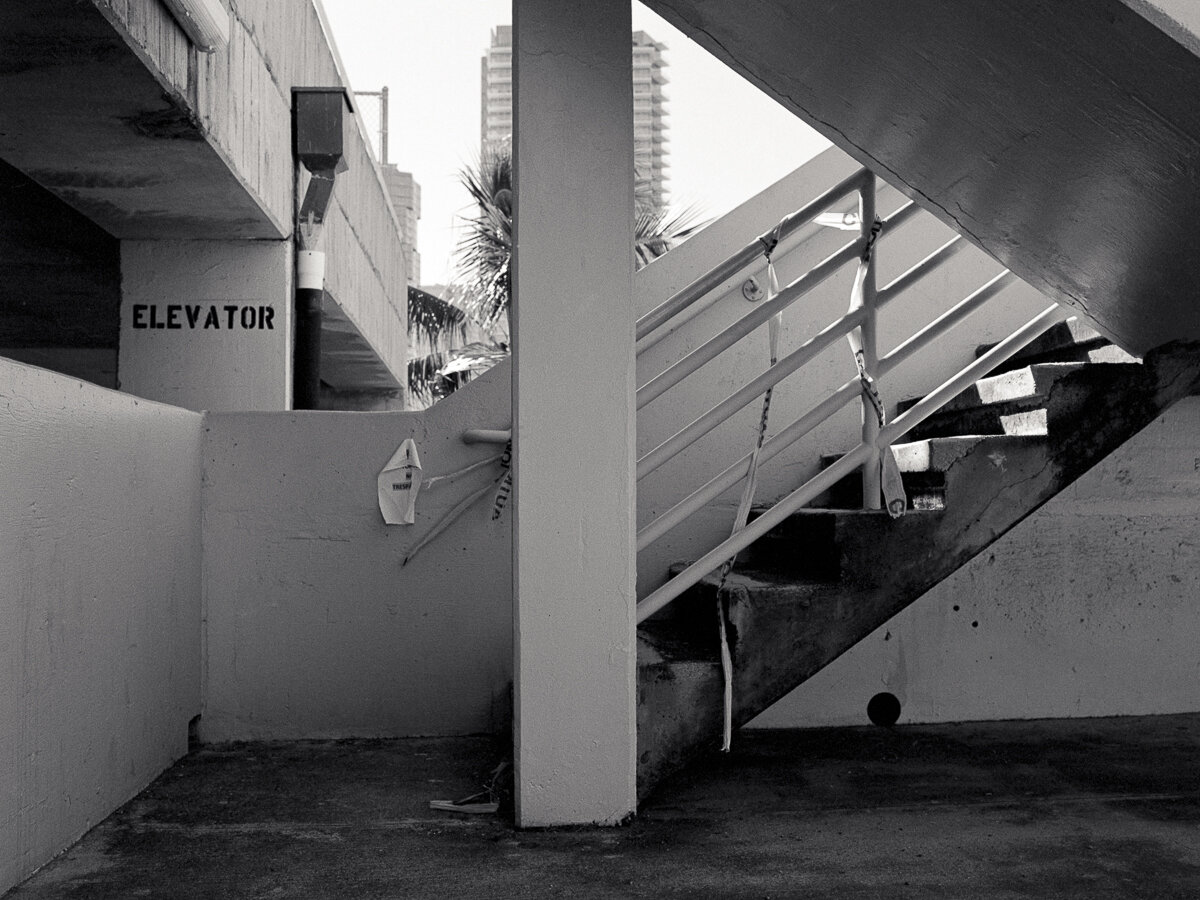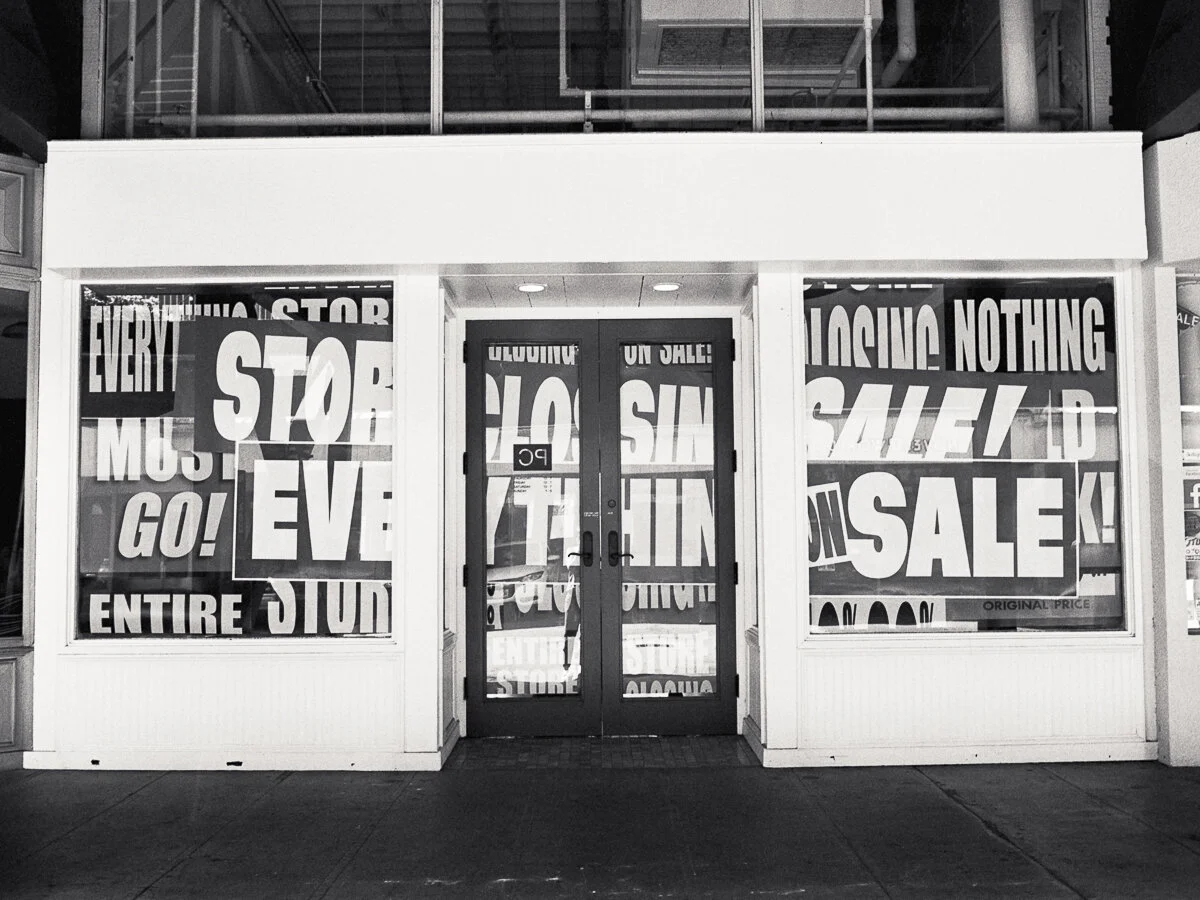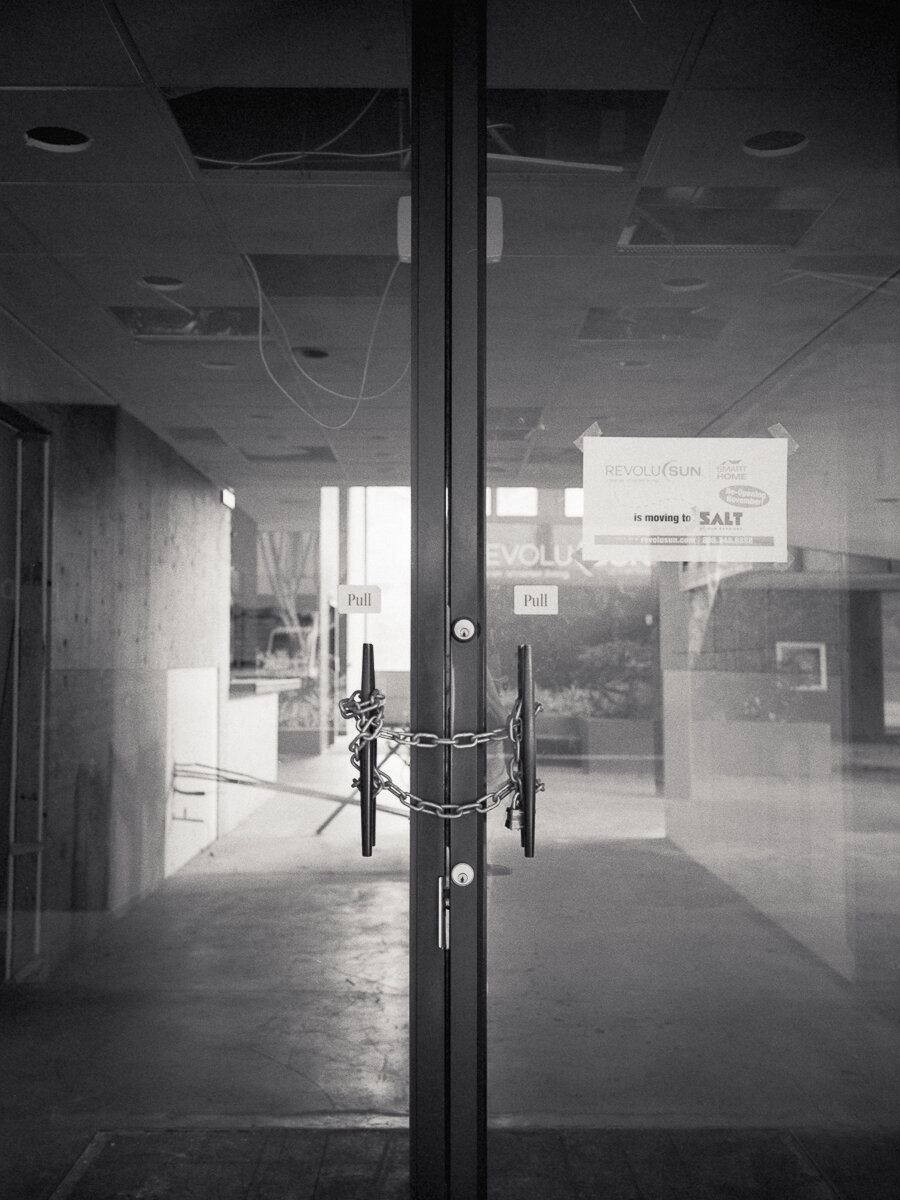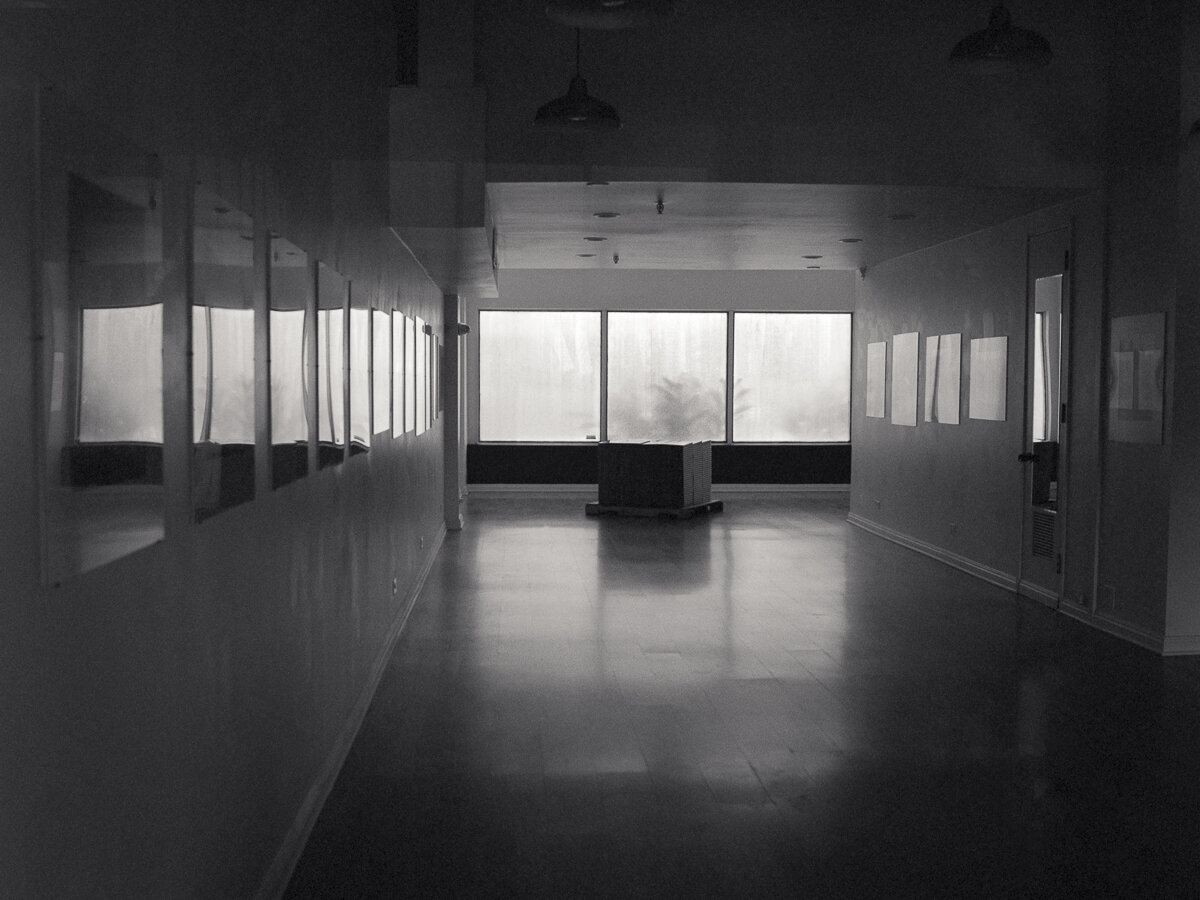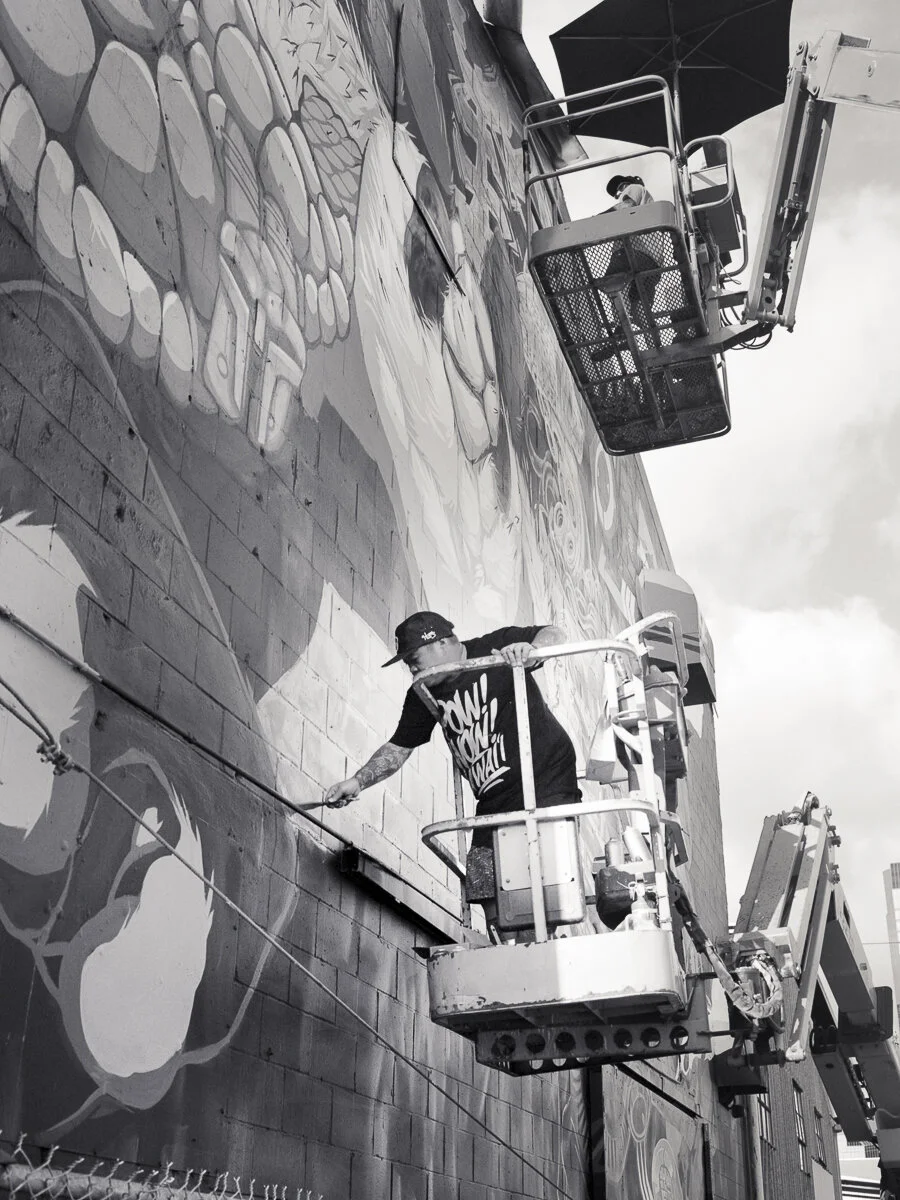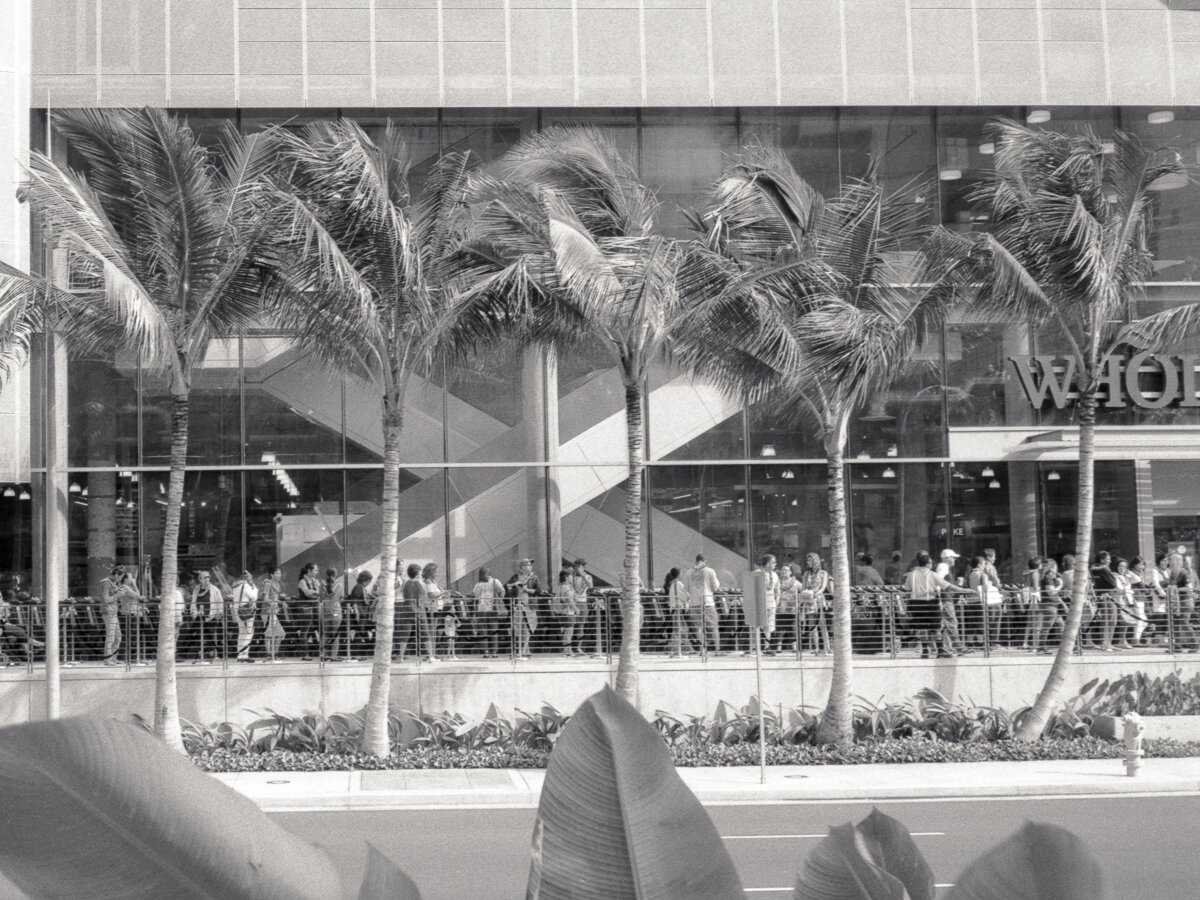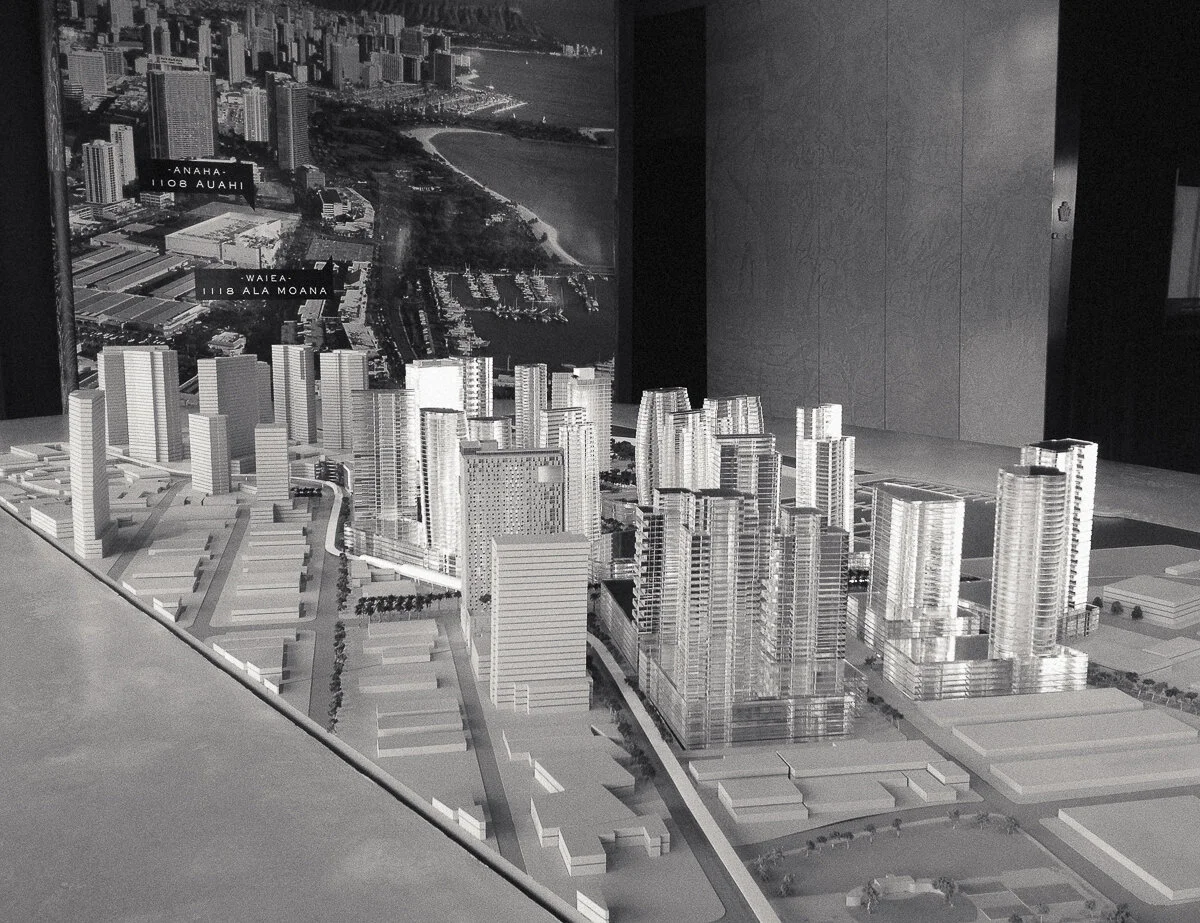Transformation of Kaka‘ako 2011 - 2020
Kaka‘ako has a long, rich history that I was unaware of until 2011. Prior to this time I didn’t understand why there were homes located next to mechanics shops and warehouses. My curiosity was piqued when I was made aware of the last Japanese wooden sampan, named Kula Kai, that was docked in Kewalo Basin. It was the last of its kind. These wooden sampans were used for fishing aku, skipjack tuna, with a hook. The Kula Kai was what inspired my photo-documentary project.
Kaka‘ako was first known as Ka‘akaukukui. It was a lowland, marshy, swamp area with salt pans and coral reef flats that were used to make salt. Fish ponds and limited kalo fields could also be found during these times. The marshes were also a great place to collect pili grass, which was used for thatching for homes. This is a possibility of how Kaka‘ako got its current name, which means “to prepare the thatching.”
I have many great memories of Kaka‘ako but during the time I documented Kaka‘ako, I have witnessed its next transformation into the modern world - another Waikiki. I questioned why we would build so many high rises. Could we have done something else with the land? I work for a company who had to relocate twice because of the development of the area. What about the other small and local businesses that have established themselves for so many years? Some are still around and others are gone.
“Who is Kaka‘ako really for?” This is the question that kept me wanting to continue my documentation of this place. I made it my responsibility, being born and raised here, to learn about this place I call home and to find my connection to it. We live in a culture of consumption and convenience. The future of our home, but also beyond the shores of Hawai‘i, and how we care for our land is constantly on my mind.
